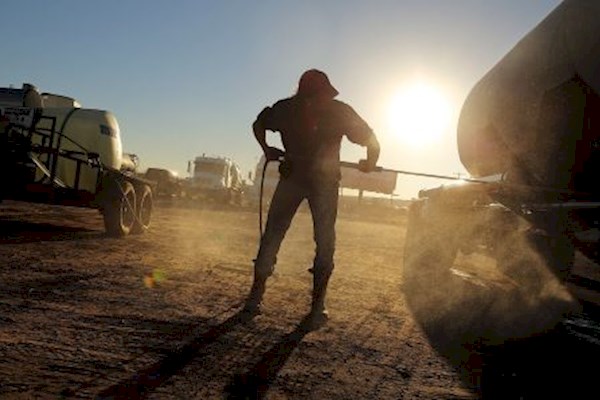Oil prices dipped on Tuesday but remained close to four-year highs on worries that global supplies will drop due to Washington's sanctions on Iran.
"This is the market catching its breath," said Gene McGillian, director of market research at Tradition Energy in Stamford, Connecticut. The market steadied after rallying in three consecutive sessions.
Still, oil prices drew support from worries that Iranian production will drop sharply after U.S. sanctions go into effect on Nov. 4. Also, global demand has remained strong in the face of trade tensions.
International benchmark Brent crude oil fell 32 cents to $84.66 per barrel by 2:24 p.m. ET after reaching a new four-year high of $85.45 in the previous session.
U.S. West Texas Intermediate (WTI) crude futures ended Tuesday's session down 7 cents at $75.23 a barrel, having hit a nearly four-year high of $75.91 earlier in the session.

